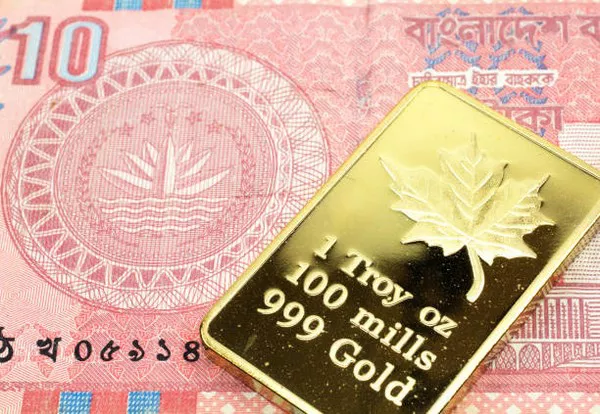In a global economy where currencies fluctuate and purchasing power varies, understanding what a dollar can buy in different countries provides valuable insights into the local cost of living and economic conditions. This article delves into the purchasing power of 1 US dollar in Bangladesh, exploring the factors that influence it and shedding light on the economic landscape of this South Asian nation.
Exchange Rates and Purchasing Power Parity:
To comprehend the value of 1 dollar in Bangladesh, one must first examine the exchange rates between the US dollar (USD) and the Bangladeshi Taka (BDT). Exchange rates fluctuate due to various economic factors, including inflation rates, interest rates, and political stability. As of the latest available data, the exchange rate is approximately 84 BDT to 1 USD.
However, exchange rates alone do not paint a complete picture of the purchasing power. Purchasing Power Parity (PPP) adjusts exchange rates to account for the relative cost of living and inflation rates between two countries. In Bangladesh, where the cost of living is generally lower than in the United States, the PPP may provide a more accurate representation of the purchasing power of 1 dollar.
Basic Goods and Services:
When examining what 1 dollar can buy in Bangladesh, it’s essential to consider the cost of basic goods and services. In urban areas, a dollar can cover the cost of a local transportation fare, a cup of tea, or a modest street food meal. In rural areas, where prices are generally lower, 1 dollar can stretch even further, covering multiple basic necessities.
The price of rice, a staple food in Bangladesh, is a significant factor. With 1 dollar, an individual can purchase several kilograms of rice, contributing to a substantial portion of their daily caloric intake. However, it’s crucial to note that the cost of living varies across regions, and urban centers tend to have higher prices than rural areas.
Clothing and Textiles:
Bangladesh is renowned for its textile industry, which is one of the largest in the world. As a result, clothing and textiles are readily available at affordable prices. With 1 dollar, one can purchase basic clothing items such as a t-shirt or a pair of socks from local markets or street vendors. Thrift shops and second-hand markets offer even more budget-friendly options.
Education and Healthcare:
Education and healthcare are fundamental aspects of a nation’s development, and the cost of these services is essential when evaluating the value of a dollar in Bangladesh. While public education is subsidized, private schools and universities may require higher fees. Similarly, healthcare costs can vary, with basic medical services accessible for a modest fee in many instances.
However, it’s important to acknowledge the disparities in access to quality education and healthcare. In rural areas, the availability of these services may be limited, and the quality can vary significantly.
Housing and Accommodation:
The cost of housing is a crucial factor in determining the value of a dollar in any country. In Bangladesh, the cost of renting accommodation varies based on factors such as location, size, and amenities. With 1 dollar, it is possible to find basic accommodation in some areas, but the quality and amenities may be limited. Urban centers, where housing demand is higher, often command higher prices.
Economic Challenges and Inflation:
While 1 dollar may cover certain basic needs in Bangladesh, it’s important to acknowledge the economic challenges that the country faces. Inflation rates can impact the cost of goods and services, affecting the purchasing power of the local currency. Additionally, income inequality remains a significant issue, with a portion of the population struggling to meet basic needs.
See Also: What is the Evolution of Currency in Bangladesh?
Conclusion:
Understanding what 1 dollar can buy in Bangladesh provides valuable insights into the local economy, cost of living, and the challenges faced by the population. While the country offers affordable options for basic goods and services, it’s essential to consider the economic disparities and the impact of inflation. As Bangladesh continues to develop and address these challenges, the purchasing power of 1 dollar may undergo further changes, shaping the economic landscape of this vibrant South Asian nation.


